22% OFF
Cat’s claw Creeper (Bignonia Gracilis) Plant
₹699.00
- Live plant along with a plastic pot.
- They have trumpet-shaped flowers in shades of orange, red, and yellow.
- Plant height is 18-24 inches with 6 inches pot.
- It is fast growing and low maintenance plant.
- Assured safe delivery with easy replacement.
13 in stock
Description
Cat claw Creeper
Bignonia Gracilis Plant commonly known as cat’s claw creeper, funnel creeper, or cat’s claw trumpet, is a rapidly growing climbing vine belonging to the family Bignoniaceae. It affects all plant layers of the forest ecosystem spreading rapidly both vertically and horizontally. It is a climbing vine native to South America. Bignonia Gracilis plant is known for its distinctive claw-shaped tendrils, which it uses to cling to structures and climb upward. The plant produces lush, dark green, pinnately compound leaves with a glossy appearance
Some species, such as Bignonia unguis-cati, also known as cat’s claw or uña de gato, have been studied for their potential anti-inflammatory and immunostimulatory effects.Cat’s Claw Creeper is primarily an outdoor plant. It flourishes when exposed to natural sunlight and benefits from the ample space provided by outdoor gardens.
Care Tips:-
- Light: They prefer full sun to partial shade, and they require at least six hours of direct sunlight per day to bloom and grow properly.
- Soil : The plants prefer well-draining soil that is rich in organic matter. They do best in a soil pH of 6.0 to 7.5.
- Water: Require moderate watering, especially during their growing season in spring and summer. It is important not to overwater them, as this can lead to root rot.
- Fertilizer: Benefit from regular fertilization, particularly during their growing season. A balanced fertilizer with a higher ratio of phosphorus can help promote blooming.
- Pruning: Plants may require pruning to maintain their shape and size, and to remove any dead or diseased branches.
Additional information
| Weight | 1 kg |
|---|---|
| Dimensions | 15 × 15 × 60 cm |
You may also like…
-
20% OFF
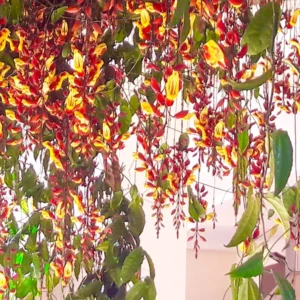
Thunbergia mysorensis | Mysore Clock Vine
₹799.00 Add to cart -
19% OFF
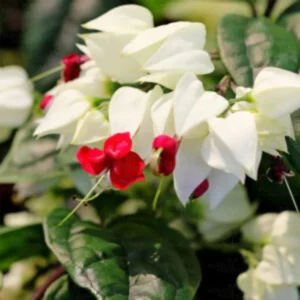
Bleeding Heart Vine – Clerodendron Vine, Clerodendrum Thomsoniae
₹525.00 Add to cart -

Trumpet Vine Plant (Orange Flower)
₹299.00 – ₹1,249.00 Select options -
11% OFF
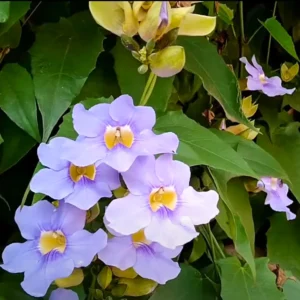
Thunbergia grandiflora | Bengal clockvine
₹650.00 – ₹1,550.00 Select options
Reviews (0)
You must be logged in to post a review.

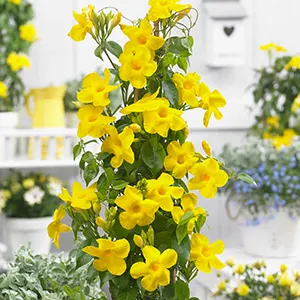
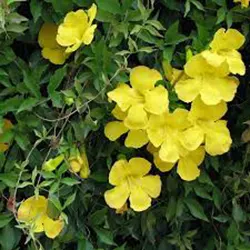
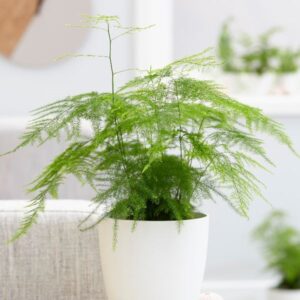
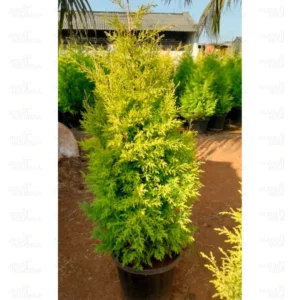
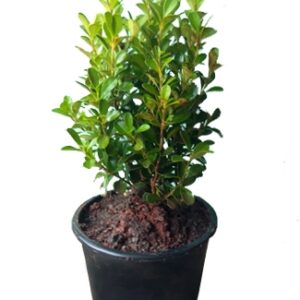
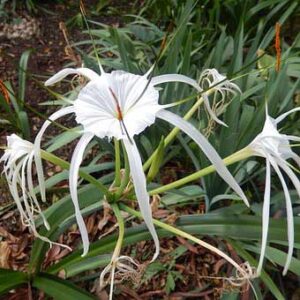
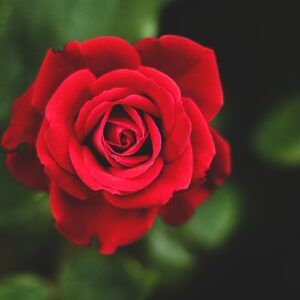
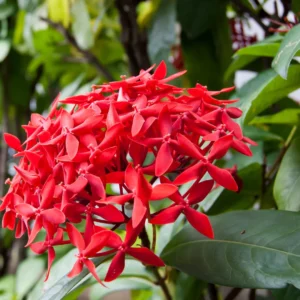
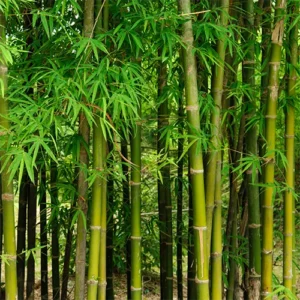
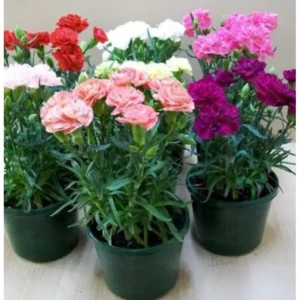
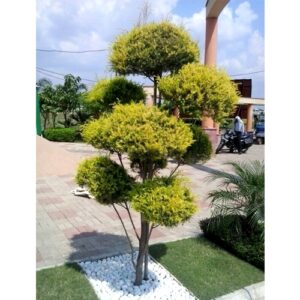
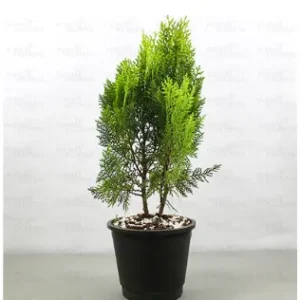
Reviews
There are no reviews yet.